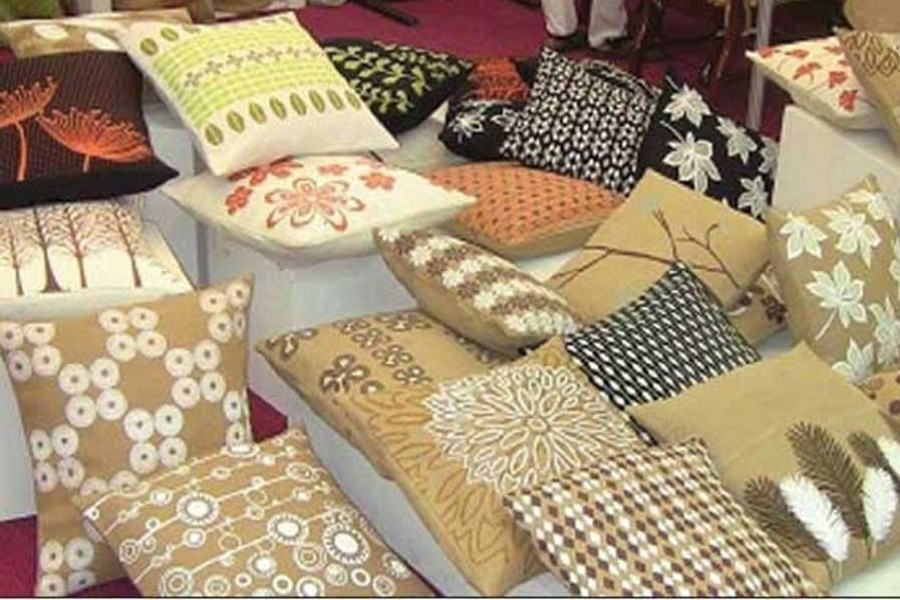A news item published a few days back about the government's announcement of 282 jute products as diversified items to help expand the export basket and local sales seems to have struck a note of confusion. It is not at all understood how mere mentioning of a long list of items as diversified jute products will actually help diversification. Spelling out the names may serve some purpose -- for identifying those as eligible for any special benefits that the government may consider to offer as an incentive. But what about the all important job of diversification?
According to the Jute Law-2017, any product, except hessian, sacking, CBC, six counts or more than that of jute yarn, where jute has been used at least 50 per cent as raw material, will be categorised as diversified items. The items include bags for gardening, travelling, official use, bed sheet, curtain, blanket, sofa, pillow and cushion covers, shoe, fashion garment, sari and denim. The list has been prepared by the Jute Diversification Promotion Centre (JDPC) which eventually received the government's nod leading to the aforementioned announcement. The idea is clearly to encourage manufacturers and exporters dealing with the diversified items that are likely to attract government incentives -- fiscal or otherwise.
Clearly, this is not good enough to spur diversification. The performance of the country's jute sector, in terms of innovation and diversification of product range is far from where it should be. Following the remarkable accomplishment by Bangladeshi scientists in decoding the genome sequencing of jute plants in 2010, there is no denying that the ground-breaking research has placed Bangladesh in the forefront of the global jute industry. But necessary initiatives are yet to see any progress. Bangladesh, one of the top producers of raw jute with a share of 1.2 million tonnes in the annual global jute production of 2.86 million tonnes, is missing out in tapping the opportunity as the manufacturing process required for diversified and high-end jute products has not been adequately upgraded. It has been learnt that while Bangladesh manufacturers are yet to move in a proactive manner, manufacturers in neighbouring India are gaining increased market access through large-scale product diversification and adaptation in response to market requirements. Concerned quarters are of the opinion that export of raw jute to China, India, the Middle East and the African region is, to a great extent, responsible for impeding large-scale production of diversified jute goods. There is a definite supply constraint which, coupled with the lack of product development and adaptation, has limited the scope for enhancing the current base and range of jute goods.
Bangladesh held up by traditional manufacturing and marketing techniques is yet to make its presence felt in the relatively high value added markets overseas. Understandably, catching up with new production lines with help from newer technology calls for intensive research and development. And for that to take place, the onus should be more on the government to put things in place. It is here that the designated body --- the Jute Diversification Promotion Centre has to come up with sufficient technological support in product development, adaptation and diversification.


